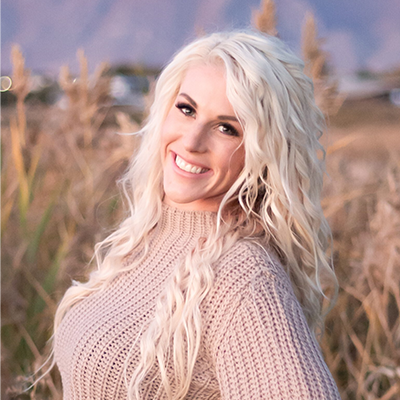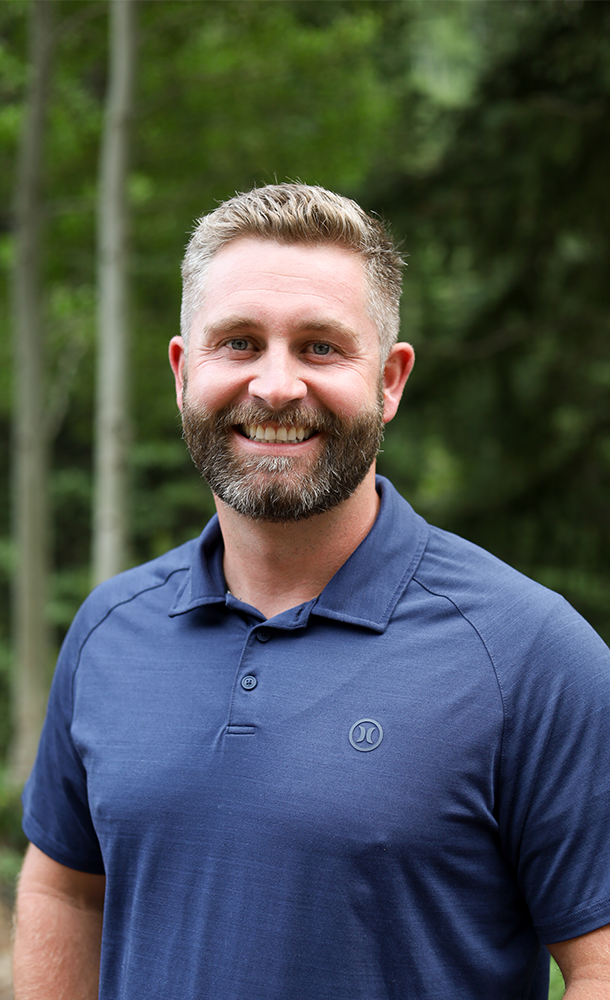Being covered through PRF insurance does not restrict you from using disaster programs. Both can be valuable risk management tools to protect your profitability from rainfall volatility and catastrophic weather events. However, PRF insurance is fundamentally different from disaster programs like LFP and NAP.
What’s the Difference?
In short, disaster programs provide assistance during extreme drought conditions or catastrophic conditions, while PRF can trigger indemnities when rainfall is simply below the 70-year normal. This is what makes PRF such a powerful, customizable tool.
PRF insurance is based on rainfall data for your area and triggers indemnities automatically (without filing a claim or meeting with an adjuster) whenever precipitation on your land is less than your coverage level*. On the other hand, disaster programs are based on perceived need and are only triggered when strict parameters are met, such as drought declarations, being within the normal grazing period, etc.
PRF insurance is a more consistent form of protection than disaster programs, but like disaster programs, is also USDA subsidized. This means that if your indemnity covers your premium in full, your coverage will come at no cost to you!
*Coverage level refers to the amount of normal rainfall you can be insured up to and ranges from 70-90% (i.e if your coverage level is 90%, your policy will trigger an indemnity when rainfall on your land is below 90% of normal during an insured interval)




.jpeg)
.webp)




